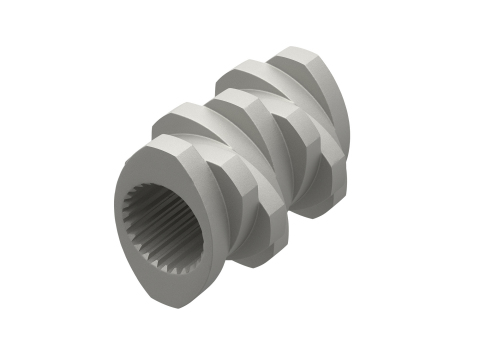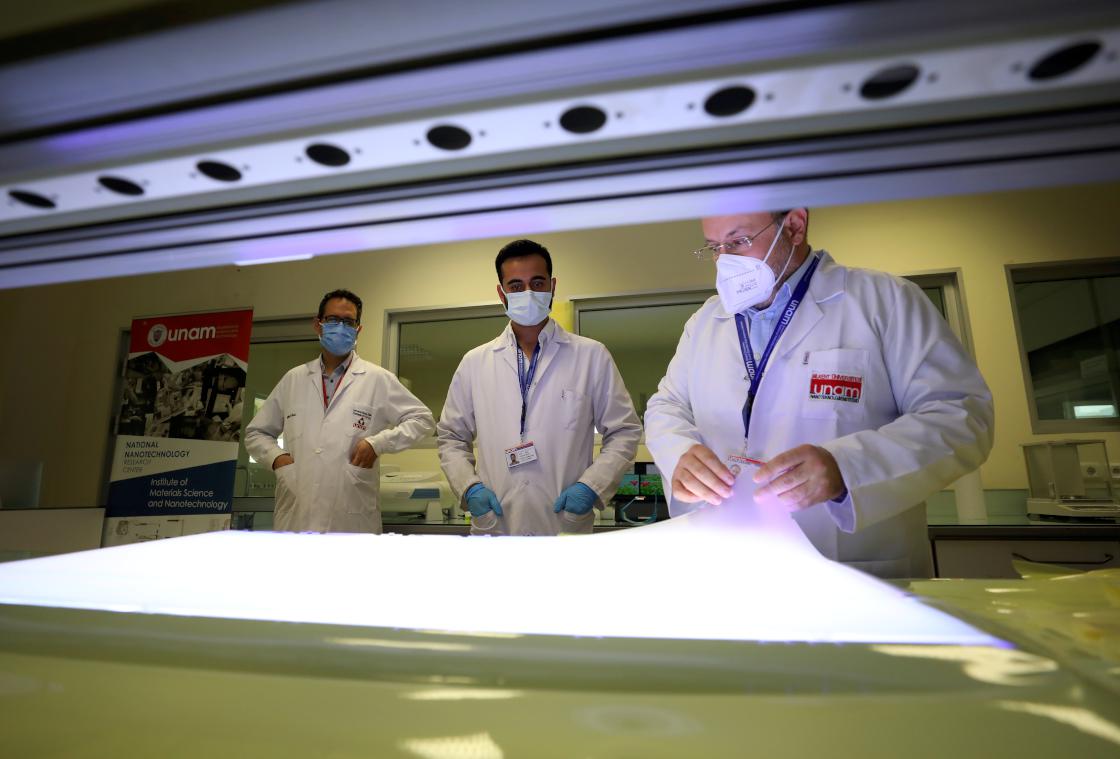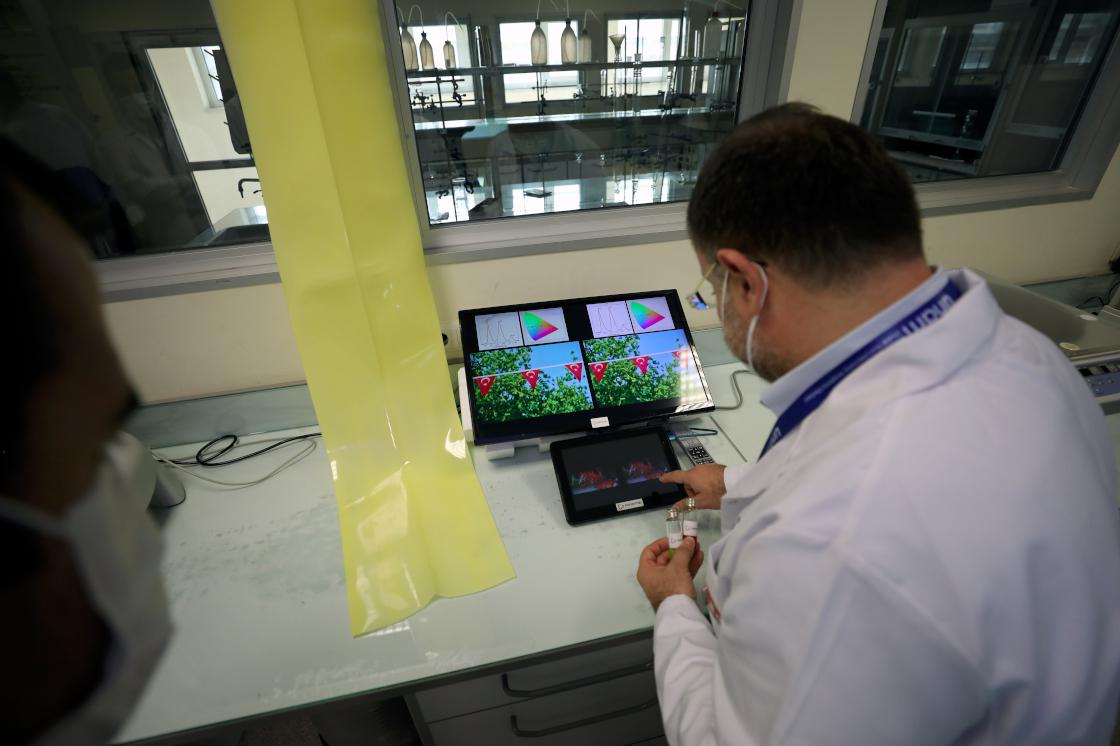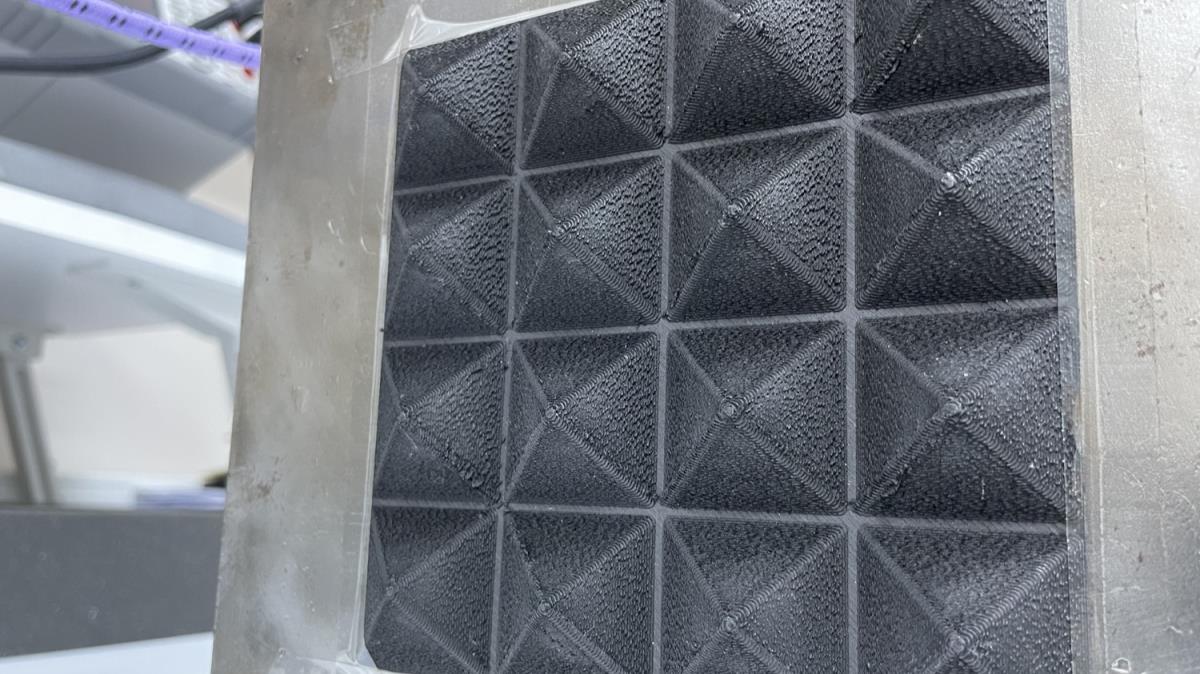Developed domestic device that can produce super alloys with TUBITAK support
Faculty of SBTU Engineering and Natural Sciences Department of Basic Sciences. Dr. Muhammet Fatih Kılıçaslan launches the project "Vacuum induction Melting and Melt Spinner Device" at the University of Kastamonu, 3 years ago.
Then Kılıçaslan, which is later started with the SBTU, managed to implement the project with his team in the laboratory in the Sivas Organized Industrial Zone of the University.
Turkey's scientific and technological research institution (TÜBİTAK), the device developed with completely domestic facilities, produces titanium, nickel and cobalt based super alloys, which constitute the raw material of many sectors, especially in medical, defense, aviation and automotive industry.
Kılıçaslan said the AA reporter, the device under the high vacuum and protective gas of said super alloys, making heat and sintering transactions, with the protective material of the samples produced with rapid solidified metallic strips, with the protective material of PVD (Physical vapor accumulation) with the protective materials produced with the transformation of the samples produced into fast solidified metallic strips.
Completely domestic, 10 times less costly
With this feature of the device, Kılıkaslan, which has a compact structure that has 4 main tasks, has given the following information:
"We have developed this device with completely domestic opportunities and are currently actively using our laboratory. 4 A device that is in the production of 4 devices used in the production of super alloys. So when you want to buy these devices, they give up an average of $ 100 thousand dollars. Hence If we had to buy each device separately, it would be a cost of $ 400 thousand dollars in total. We have developed this device in our own structure in our own structure, 30-40 thousand dollars with domestic facilities. Super alloys produced in various forms in the device are used in many areas. The stiffents of the solidified magnetic materials are used in the making of the magnets, the soft ones are used in the construction of high energy-efficient electrical motors and transformers. It is also available in the aviation and defense industry due to the elocentic shielding properties. "
The titanium, nickel and cobalt-based super alloys produced in this machine are also known to be used in the aviation, defense and automotive industry, "It is known that these materials are used in the dental and medical implant. We are able to do all of these in the laboratory environment." said.
Kılıkaslan, who expressed these materials to gain rapidly in the university, "We want these materials to be produced on industrial scale, to be sold in domestic and out-of-scale markets. We will soon share the industrial scale with the public." spoke in the form of.

 www.aa.com.tr
www.aa.com.tr
Faculty of SBTU Engineering and Natural Sciences Department of Basic Sciences. Dr. Muhammet Fatih Kılıçaslan launches the project "Vacuum induction Melting and Melt Spinner Device" at the University of Kastamonu, 3 years ago.
Then Kılıçaslan, which is later started with the SBTU, managed to implement the project with his team in the laboratory in the Sivas Organized Industrial Zone of the University.
Turkey's scientific and technological research institution (TÜBİTAK), the device developed with completely domestic facilities, produces titanium, nickel and cobalt based super alloys, which constitute the raw material of many sectors, especially in medical, defense, aviation and automotive industry.
Kılıçaslan said the AA reporter, the device under the high vacuum and protective gas of said super alloys, making heat and sintering transactions, with the protective material of the samples produced with rapid solidified metallic strips, with the protective material of PVD (Physical vapor accumulation) with the protective materials produced with the transformation of the samples produced into fast solidified metallic strips.
Completely domestic, 10 times less costly
With this feature of the device, Kılıkaslan, which has a compact structure that has 4 main tasks, has given the following information:
"We have developed this device with completely domestic opportunities and are currently actively using our laboratory. 4 A device that is in the production of 4 devices used in the production of super alloys. So when you want to buy these devices, they give up an average of $ 100 thousand dollars. Hence If we had to buy each device separately, it would be a cost of $ 400 thousand dollars in total. We have developed this device in our own structure in our own structure, 30-40 thousand dollars with domestic facilities. Super alloys produced in various forms in the device are used in many areas. The stiffents of the solidified magnetic materials are used in the making of the magnets, the soft ones are used in the construction of high energy-efficient electrical motors and transformers. It is also available in the aviation and defense industry due to the elocentic shielding properties. "
The titanium, nickel and cobalt-based super alloys produced in this machine are also known to be used in the aviation, defense and automotive industry, "It is known that these materials are used in the dental and medical implant. We are able to do all of these in the laboratory environment." said.
Kılıkaslan, who expressed these materials to gain rapidly in the university, "We want these materials to be produced on industrial scale, to be sold in domestic and out-of-scale markets. We will soon share the industrial scale with the public." spoke in the form of.

TÜBİTAK desteğiyle süper alaşımları üretebilen yerli cihaz geliştirildi
Sivas Bilim ve Teknoloji Üniversitesinde (SBTÜ), medikal, savunma, havacılık ve otomotiv sanayinde kullanılan süper alaşımları üreten yüzde 100 yerli cihaz geliştirildi. - Anadolu Ajansı













